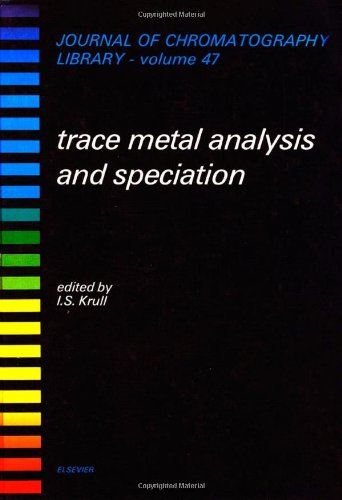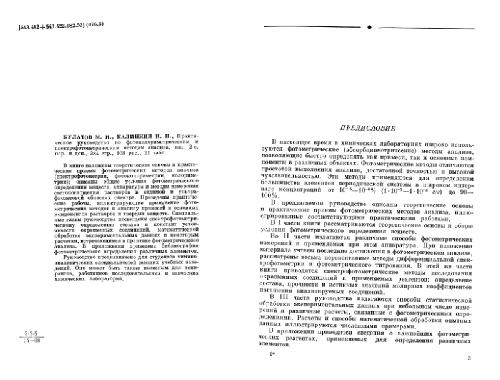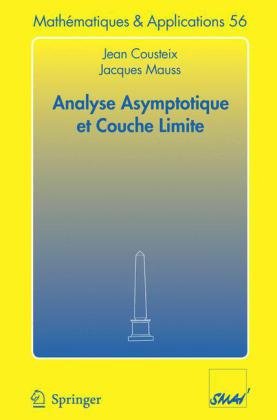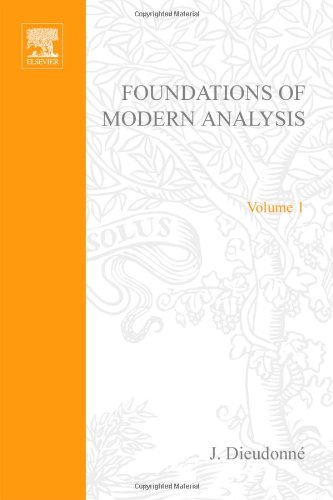I.S. Krull044488209X, 978-0444882097
Table of contents :
Front Cover……Page 1
Trace Metal Analysis and Speciation……Page 4
Copyright Page……Page 5
CONTENTS……Page 12
Preface……Page 6
List of Contributors……Page 10
1.1. Introduction……Page 18
1.2. Atomic emission spectroscopic detection (AESD) in chromatography……Page 20
1.3. MIP detection for HPLC and SFC……Page 25
1.4. GC-MIP detection of metals……Page 27
References……Page 36
2.1. Introduction……Page 38
2.3. Advantages of element specific detectors……Page 41
2.4. Determination of volatile trace element compounds……Page 46
2.5. Determination of trace elements and trace element compounds that are convertible to volatile derivatives……Page 49
2.6. Determination of trace element compounds not reducible to volatile derivatives……Page 55
References……Page 62
3.1. Introduction……Page 66
3.2. Chromatographic detection using ICP-MS……Page 67
3.3. Chromatographic detection using MIP-MS……Page 80
3.4. Conclusions and future developments……Page 86
References……Page 87
4.1. Introduction……Page 92
4.3. Charge transfer detectors……Page 101
4.4. Array detection of chromatographic eluents……Page 112
4.5. Conclusions……Page 114
References……Page 115
5.1. Introduction……Page 118
5.2. Instrumentation……Page 119
5.3. Elemental speciation by LC-ICP-MS……Page 124
5.4. Chromatographic procedures for alleviating interferences……Page 130
5.5. Other separation methods with ICP-MS……Page 132
5.6. Conclusions……Page 136
References……Page 137
6.1. Introduction……Page 140
6.2. Complexing eluents……Page 143
6.3. Ion-exchange separations……Page 168
6.4. Conclusions……Page 181
References……Page 182
7.1. Introduction……Page 184
7.2. Chromatography and electrochemistry of metal complexes……Page 187
7.3. The off-line determination of copper as a dithiocarbamate complex by reversed-phase liquid chromatography with electrochemical detection……Page 190
7.4. Automated on-line determination using oxidation processes for metal dithiocarbamate complexes prepared in the in-situ mode……Page 201
7.5. Instrumentation for the 7-day continuous monitoring of metals using ex-situ complex formation……Page 211
7.6. Long-term monitoring of metal concentration via complexes formed by exchange processes with a water soluble zinc dithiocarbamate complex……Page 219
References……Page 227
8.1. Introduction……Page 230
8.2. Analytical tools……Page 231
8.3. Speciation of metals……Page 234
8.4. Conclusion……Page 251
References……Page 252
9.1. Introduction……Page 256
9.2. Background to interfacing of chromatography with DCP……Page 258
9.3. GC/DCP for trace metal speciation……Page 261
9.4. HPLC/DCP for trace metal speciation……Page 277
9.5. Future advances in chromatography/DCP interfacing and applications……Page 294
9.6. Conclusions……Page 298
References……Page 299
Subject Index……Page 306







Reviews
There are no reviews yet.